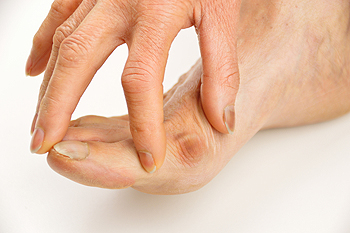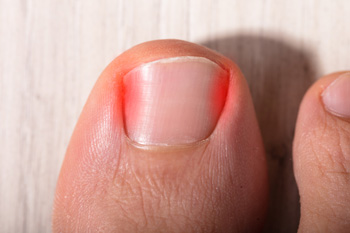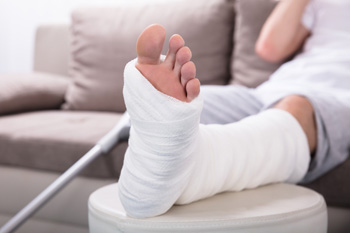A change in the alignment of the bones in the foot may result in a bunion. Bunions appear as a bony protrusion that forms on the side of the big toe, and they can cause difficulty in walking. People who wear shoes that do not have adequate room for the toes to move freely in may see the beginning signs of a bunion developing. Additionally, bunions may happen from genetic reasons or from a foot abnormality at birth. The majority of bunions do not cause pain, despite the fact that they can gradually become larger. Research has indicated arthritis may cause the bunion and surrounding areas to become uncomfortable. Mild relief may be found when bunion pads are worn, and this can be effective if the bunion is small. Larger bunions may require surgery for permanent removal, and it is strongly suggested that you consult with a podiatrist who can determine if this is right for you.
If you are suffering from bunions, contact one of the chiropodists of The Footcare Centre. Our chiropodists can provide the care you need to keep you pain-free and on your feet.
What Is a Bunion?
A bunion is formed of swollen tissue or an enlargement of boney growth, usually located at the base joint of the toe that connects to the foot. The swelling occurs due to the bones in the big toe shifting inward, which impacts the other toes of the foot. This causes the area around the base of the big toe to become inflamed and painful.
Why Do Bunions Form?
Genetics – Susceptibility to bunions are often hereditary
Stress on the feet – Poorly fitted and uncomfortable footwear that places stress on feet, such as heels, can worsen existing bunions
How Are Bunions Diagnosed?
Doctors often perform two tests – blood tests and x-rays – when trying to diagnose bunions, especially in the early stages of development. Blood tests help determine if the foot pain is being caused by something else, such as arthritis, while x-rays provide a clear picture of your bone structure to your doctor.
How Are Bunions Treated?
- Refrain from wearing heels or similar shoes that cause discomfort
- Select wider shoes that can provide more comfort and reduce pain
- Anti-inflammatory and pain management drugs
- Orthotics or foot inserts
- Surgery
If you have any questions, please feel free to contact our office located in Niagara Falls, ON . We offer the newest diagnostic and treatment technologies for all your foot care needs.






